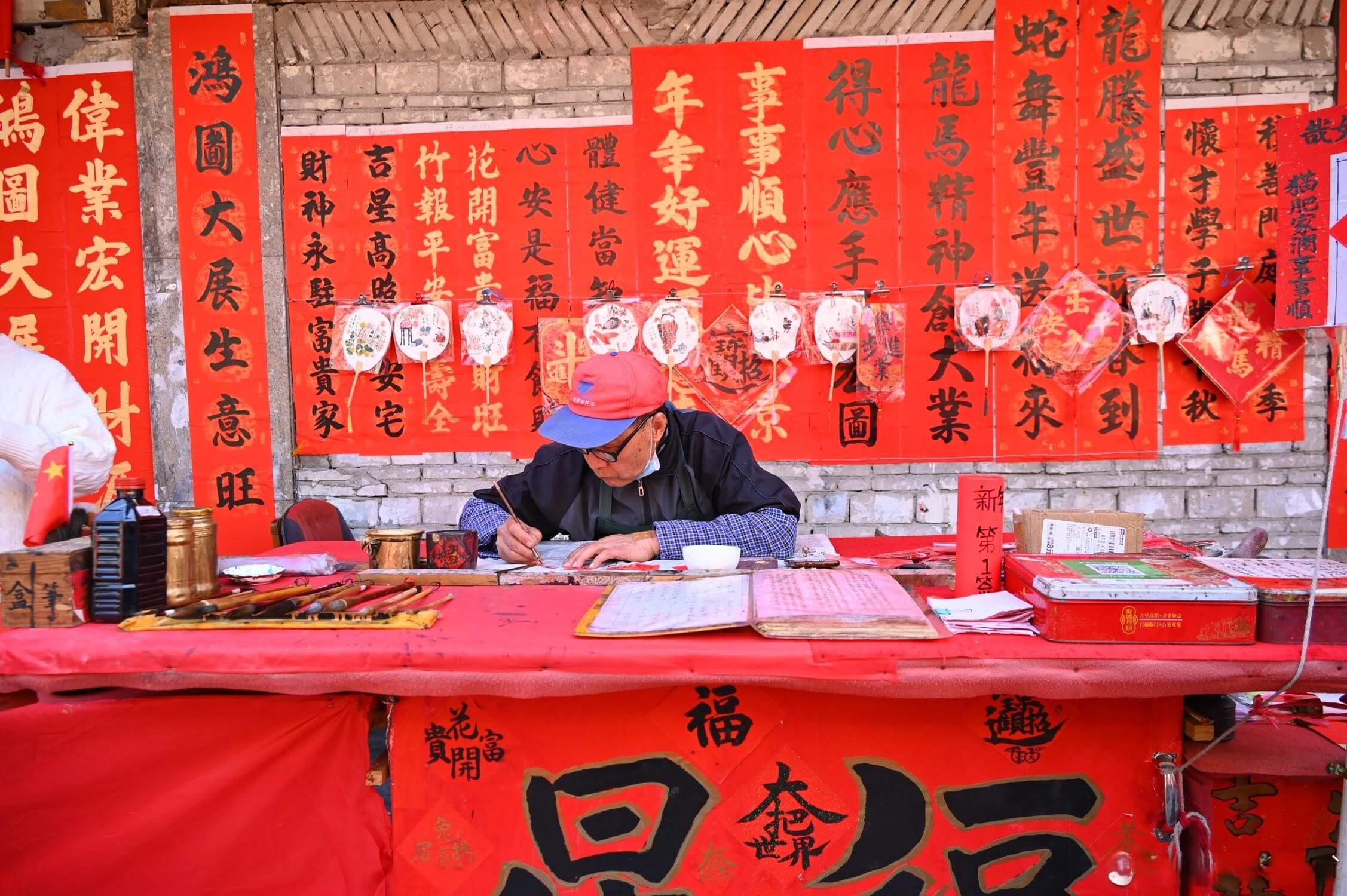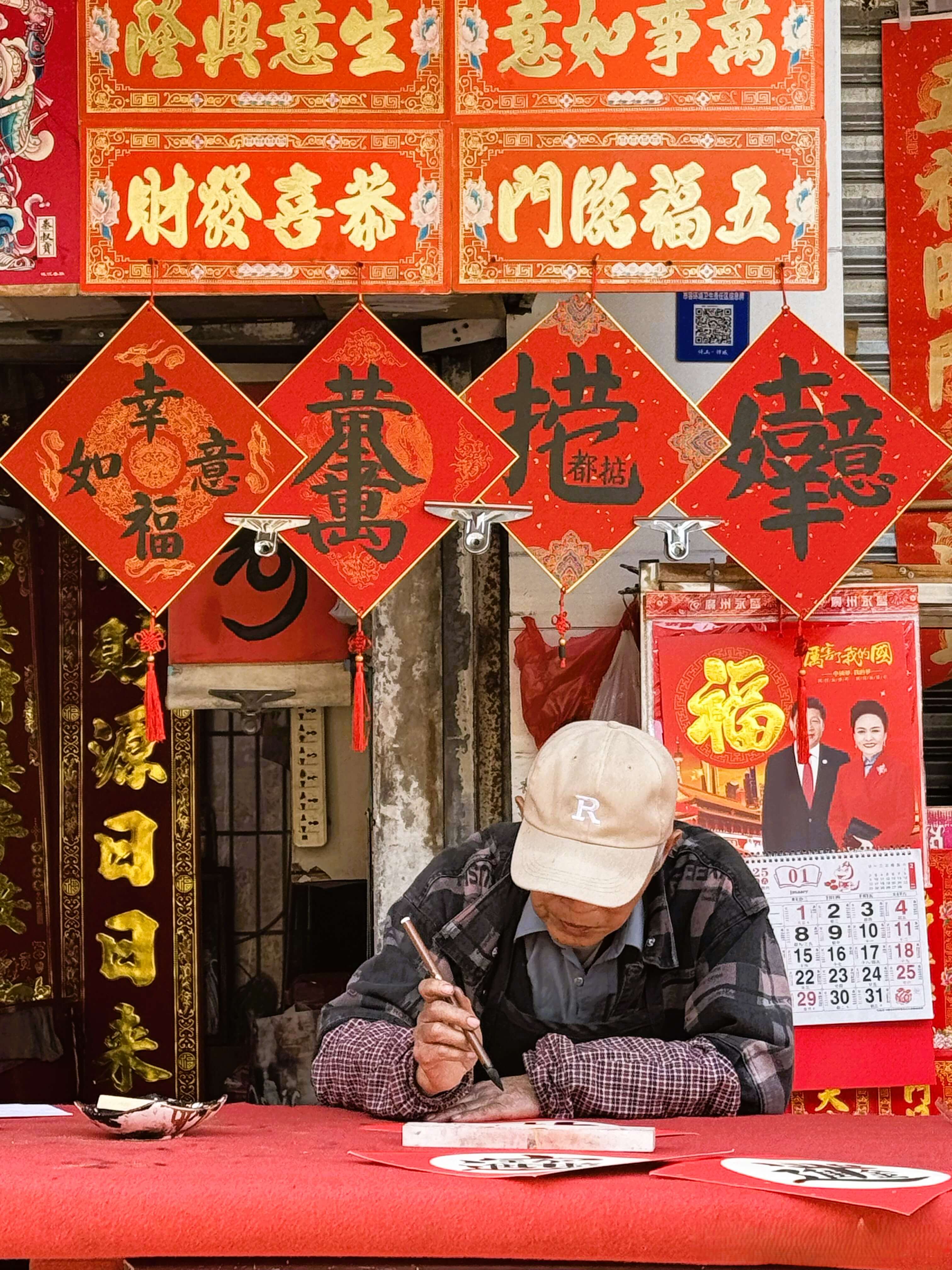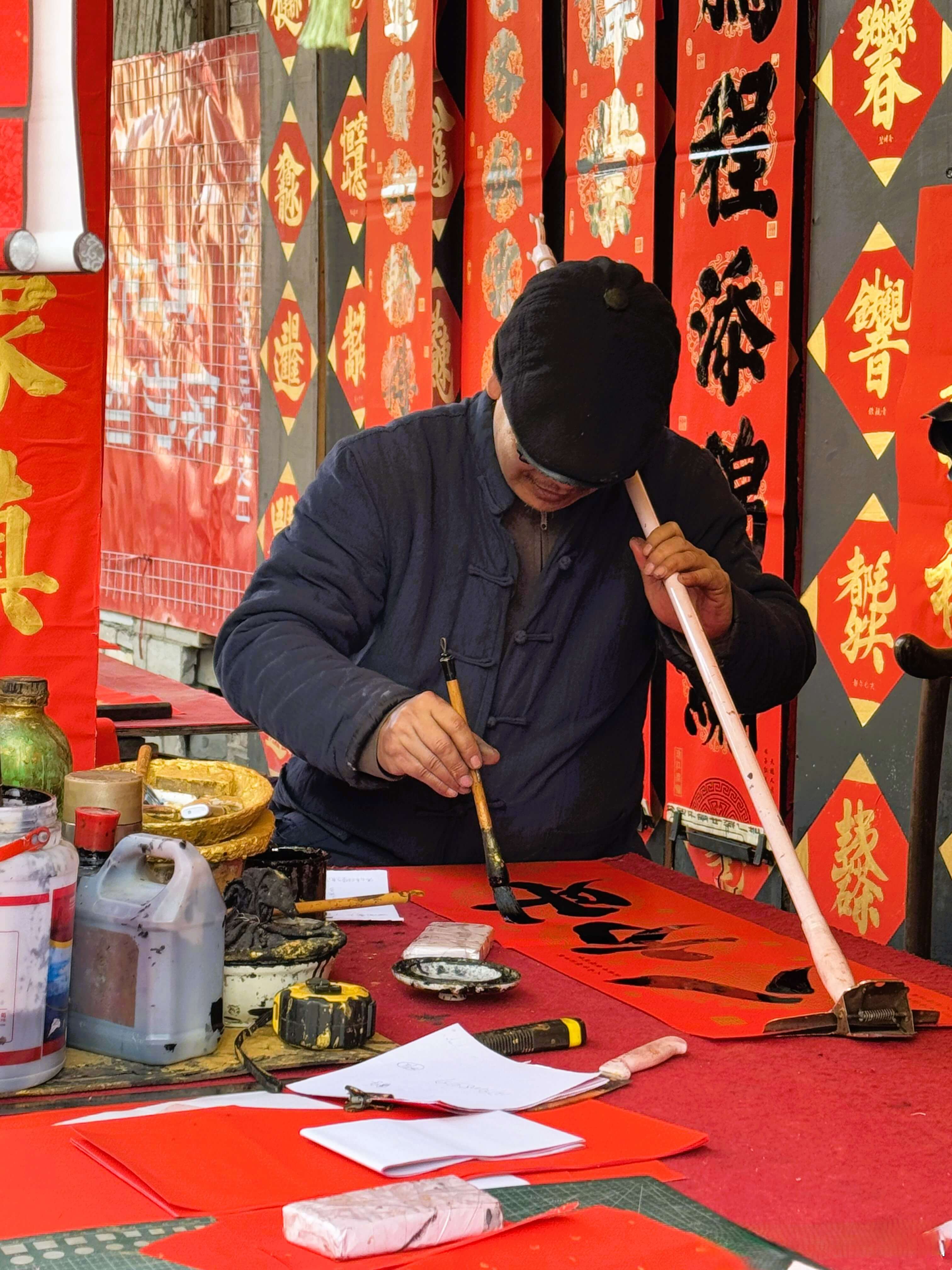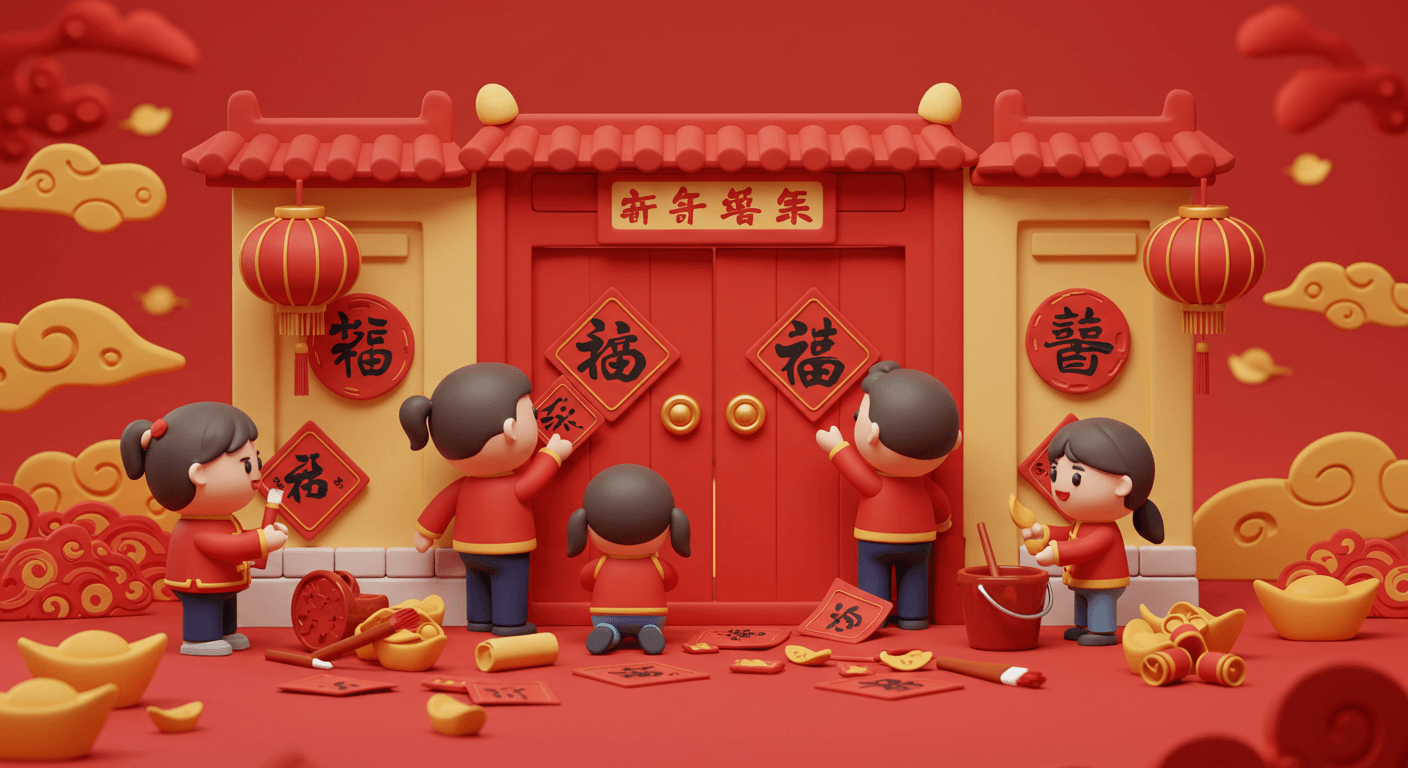Successful UNESCO Recognition of Spring Festival is not only an international acknowledgment of Chinese culture but also an affirmation of the cultural value of Spring Festival couplets. This event has a profound impact on the cultural influence of Spring Festival couplets.
International Recognition and Cultural Dissemination
The inclusion of the Spring Festival in UNESCO’s Representative List of the Intangible Cultural Heritage of Humanity signifies broad international recognition of the festival and its cultural practices, including couplets. This recognition aids in the global dissemination of Spring Festival couplet culture, allowing more non-Chinese people to understand and participate in this cultural practice.
Cultural Confidence and Identity
The successful UNESCO recognition enhances the confidence and identity of Chinese people in their traditional culture. As an important part of the Spring Festival culture, the activity of writing and pasting couplets may become more lively, serving as an important means of enhancing national cultural identity.
Cultural Protection and Inheritance
The successful recognition emphasizes the importance of protecting and inheriting the Spring Festival and its related cultural practices. As part of this, the traditional writing skills and cultural connotations of couplets will receive enhanced protection to ensure this cultural heritage is effectively preserved and passed down.
The successful UNESCO recognition of the Spring Festival has granted Spring Festival couplets new status and significance.
- Strengthening as a Cultural Symbol: As a cultural symbol of the Spring Festival, couplets have been further strengthened following the successful recognition. They are not only home decorations but also symbols of Chinese culture, carrying the emotions and blessings of the Chinese nation.
- Enhancement of Artistic Value: With international recognition of Spring Festival couplet culture, its artistic value has been enhanced. The calligraphic art, well-matched structure, and profound meaning of couplets make them a highlight of international cultural exchange.
- Expansion of Social Functions: In modern society, the functions of Spring Festival couplets have expanded from traditional roles of exorcising evil, blessing, and praying to include cultural dissemination, artistic appreciation, and social education. Following the successful recognition, the functions of couplets in these areas will be further expanded and deepened.
- Innovation and Development: After the successful recognition, Spring Festival couplets face opportunities for innovation and development. Integrating modern technology and media, the creation, dissemination, and display of couplets will become more diverse, attracting more participation and interest from younger generations.




